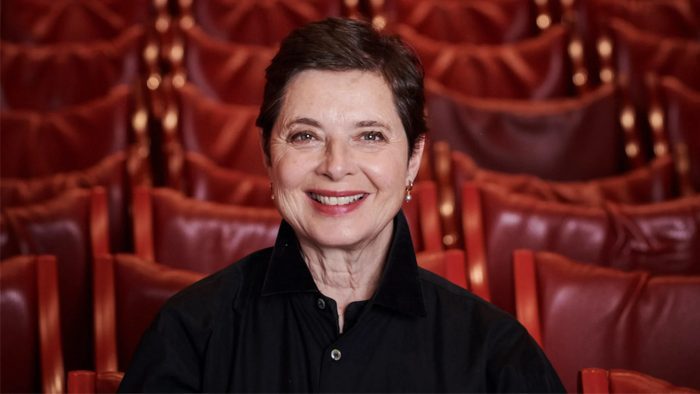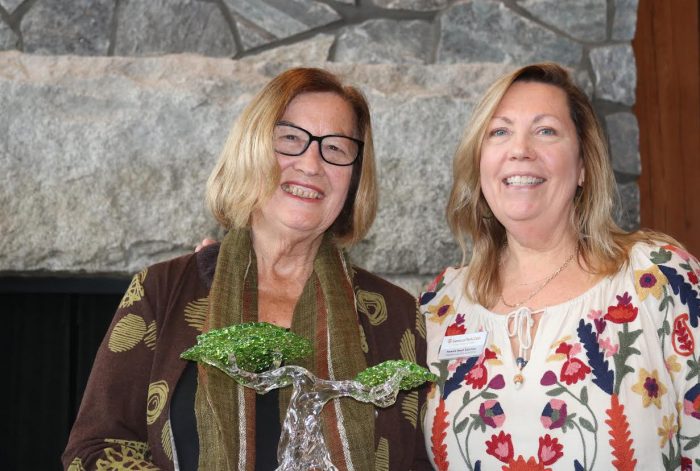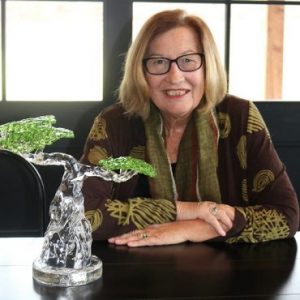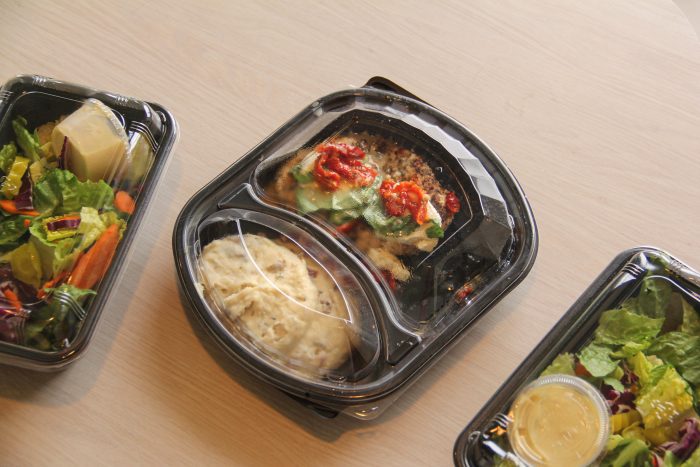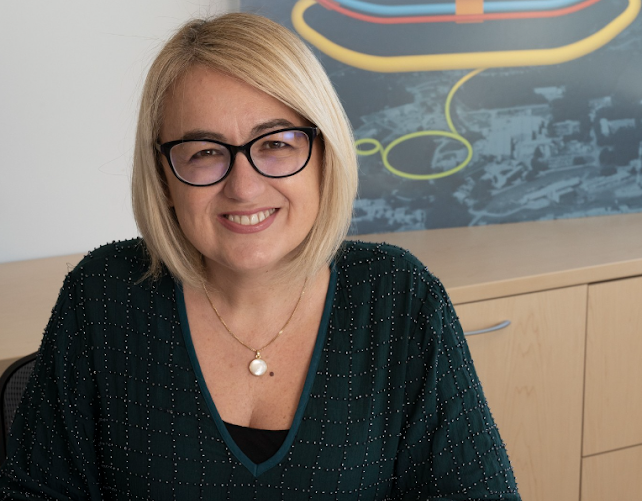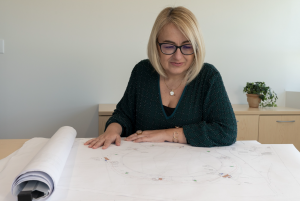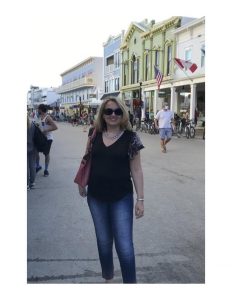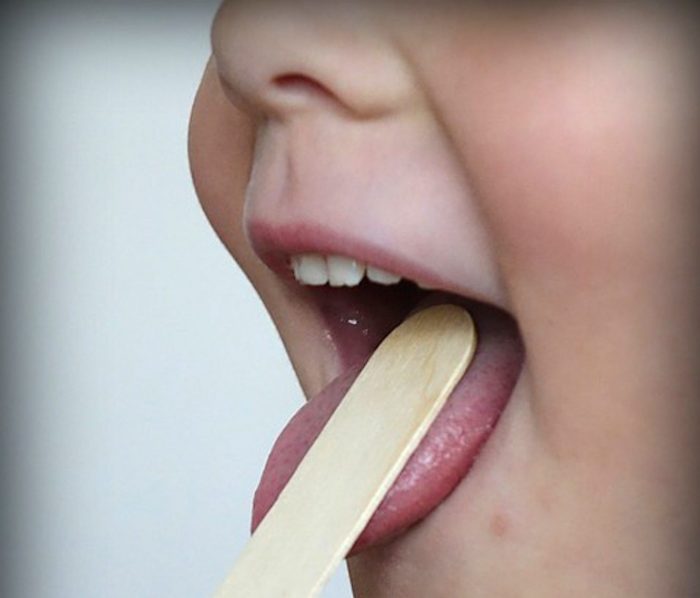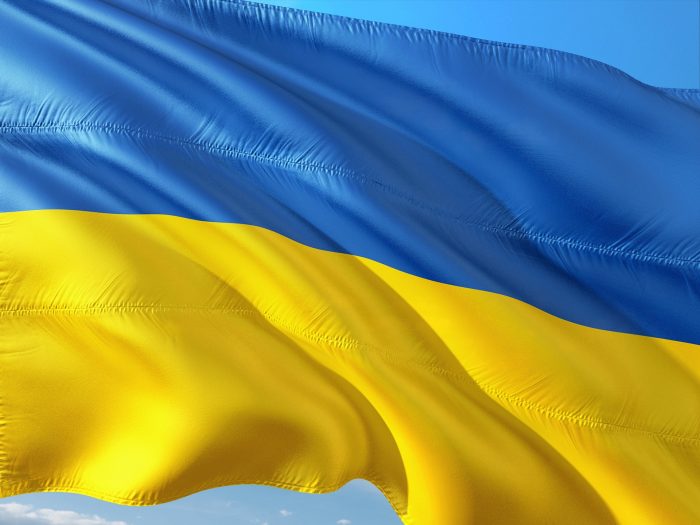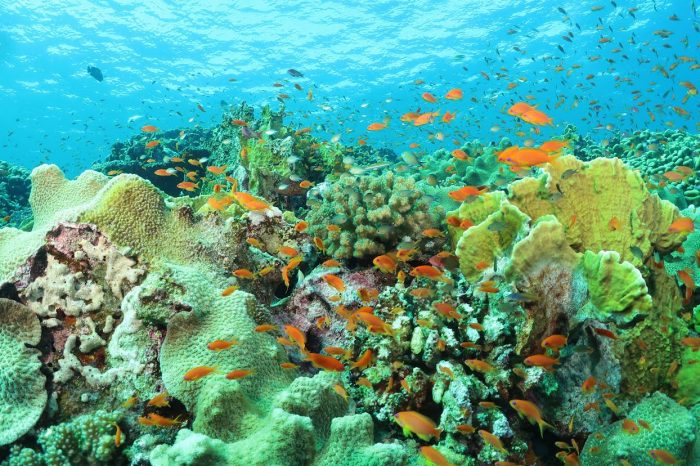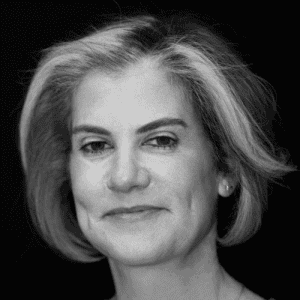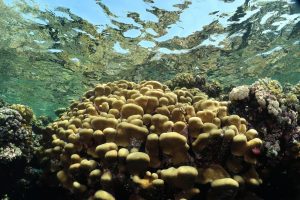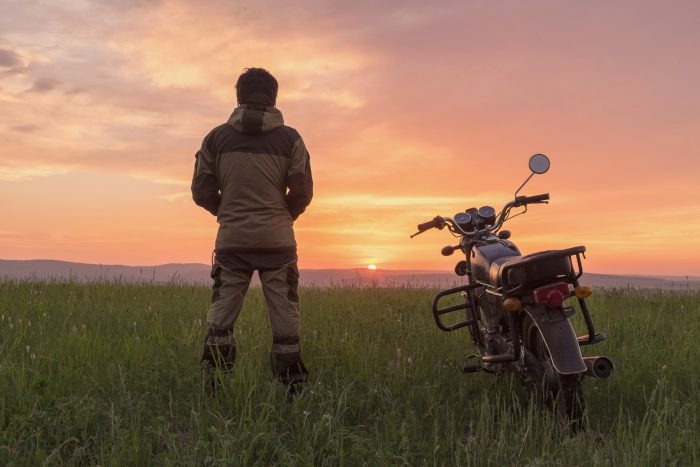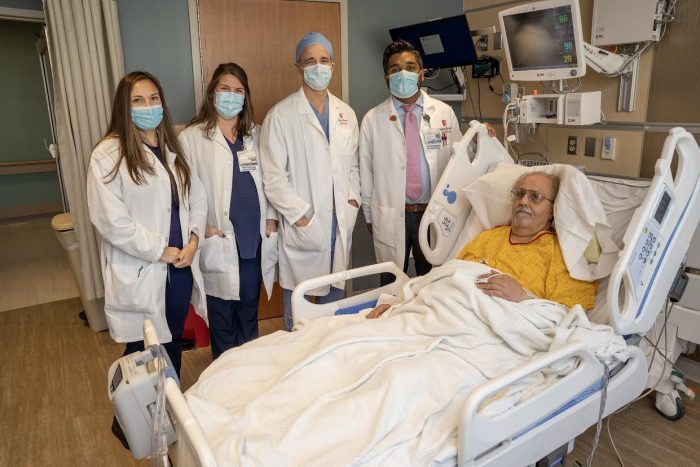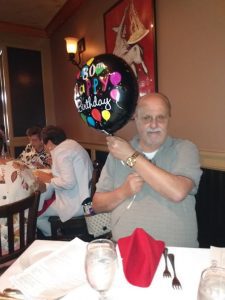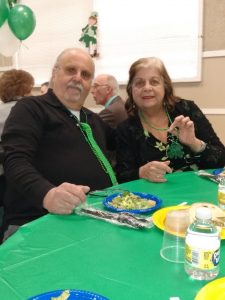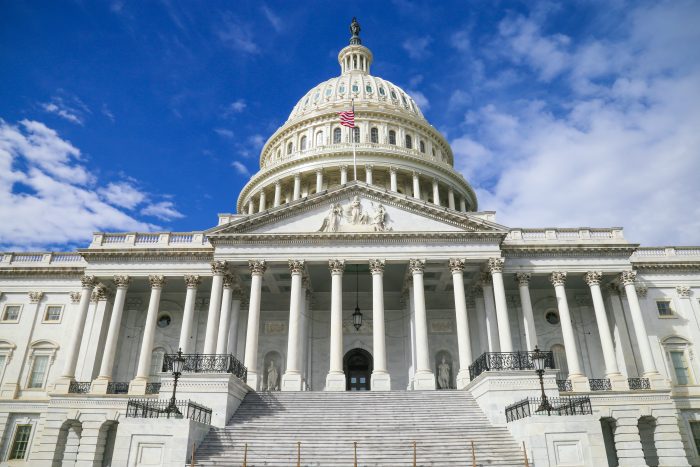By Daniel Dunaief
A model and actress, Isabella Rossellini has spent her life as a part of numerous stories. Nowadays, the 70-year old Rossellini, who has a home in Bellport, is eager to share the next chapter in her story-telling.
This time, Rossellini will bring her one-woman show “Darwin’s Smile,” which she originally wrote in French but will perform in English, to Cold Spring Harbor Laboratory’s Grace Auditorium for a two-day run on Saturday and Sunday, March 4 and 5, 2023.
Tapping into her love for animals, Rossellini plans to share her observations and insights about the nexus between her art as an actress and the science she studied and observed when she earned her Master’s Degree from Hunter College in animal behavior and conservation.
“What I would like to do is share my wonderment and stupor about information I learned” about animals, Rossellini said in a recent interview with Times Beacon Record News Media. “Science is notoriously difficult. The language is very enigmatic. Even to read Darwin is complicated. Once you get it, it’s really incredible.”
Indeed, Rossellini wrote the show as an extension of the 1872 book by Charles Darwin titled Expression of the Emotions in Man and Animals, which was published 13 years after his famous On the Origin of Species.
Darwin studied a range of expressions from people all over the world and discovered that some of those expressions, such as smiling, responding to fear, or being disgusted, are the same regardless of the cultural background.
Darwin, Rossellini said, believed that evolution through natural selection shaped these expressions of emotion, the same way natural selection might affect a bone, the horns on a buck or the shape of a bird’s beak. The core of emotion across species appeals to her as an actress and as someone who appreciates and admires animals.
“Modeling is all about expression,” said Rossellini, who was the world’s highest paid model in 1982. “Yes, you have to be beautiful, and all this. What makes a good model is not so much beauty. People respond to emotion, rather than a beautiful nose or a beautiful mouth.”
As she did with her series of shorts called “Green Porno,” in which Rossellini dressed as creatures such as a praying mantis, shrimp, snails, spiders, and whales, among others, and described their mating, Rossellini uses humor to entertain and educate in “Darwin’s Smile.”
At one point, she dresses as a peacock with an attractive tail. Darwin, Rossellini said, found the brilliant colors of those feathers overwhelming, which gave him a headache.
Rossellini emerges from her peacock costume in another costume and sings a song, slowly, in French.
In her show, Rossellini uses her acting skills to convey emotions that use the same words. Repeating “I love you and I want to be with you all my life,” she shares that thought with rage, love and sadness, making it clear through her acting that humans derive meaning from a range of cues.
On a scientific level, Rossellini would like to challenge the idea that research into animals can’t include a recognition of their emotions. The science of behaviorism suggested that researchers shouldn’t “project any emotion into animals,” she said. Many scientists look, instead, directly at the behavior of animals.
“Darwin did not have that problem,” she said. He recognized that his dog was happy to see him and that a cat was angry.
As for the emotions she feels when she views her own acting performances, Rossellini suggested her experience mirrors that of many other actors and actresses. “It’s difficult to see oneself on screen in front of everybody,” she said. The mental image she has of herself sometimes conflicts with what she sees on screen.
“It’s very disturbing,” she said. “I don’t really like to watch my past work.”
The movies also create some melancholy for her, as they can evoke memories of her experiences during filming. She said the film “Blue Velvet” conjures thoughts of the time she and the cast, with whom she shared close friendships, worked together in Wilmington, North Carolina.
Sometimes she watches her movies twice. The first time, she adjusts to herself on screen. The second time, she follows the storyline and plot.
In terms of movies that came out this year, Rossellini said the film EO, which is about the life of a donkey who performs in a circus and then moves from one challenging circumstance to another, “makes you feel for the farm animal.” She described the film, which was made in Poland by director Jerzy Skolimowski, as “kind of beautiful.”
As for her life, Rossellini, who is the daughter of famed director Roberto Rossellini and actress Ingrid Bergman, said her interest in animals started when she was around 14 and her father gave her the book King Solomon’s Ring by Konrad Lorenz.
When she read the book, she thought “this is what I want to be,” Rossellini said. Only later, after modeling and acting, both of which she continues to do, did she add ethology to the mix.
———————————————
Cold Spring Harbor Laboratory, 1 Bungtown Road, Cold Spring Harbor will host a special performance of “Darwin’s Smile” at Grace Auditorium on March 4, with doors opening at 5 p.m. The show starts at 6 p.m., followed by a reception and Q&A with Rossellini led by Helen Hou, an assistant professor and neuroscientist at CSHL.
An encore performance (sans Q&A and reception) will be held March 5, with doors opening at 3 p.m. and showtime at 4 p.m. For tickets, visit www.cshl.edu. For further information, call 516-367-8800.

